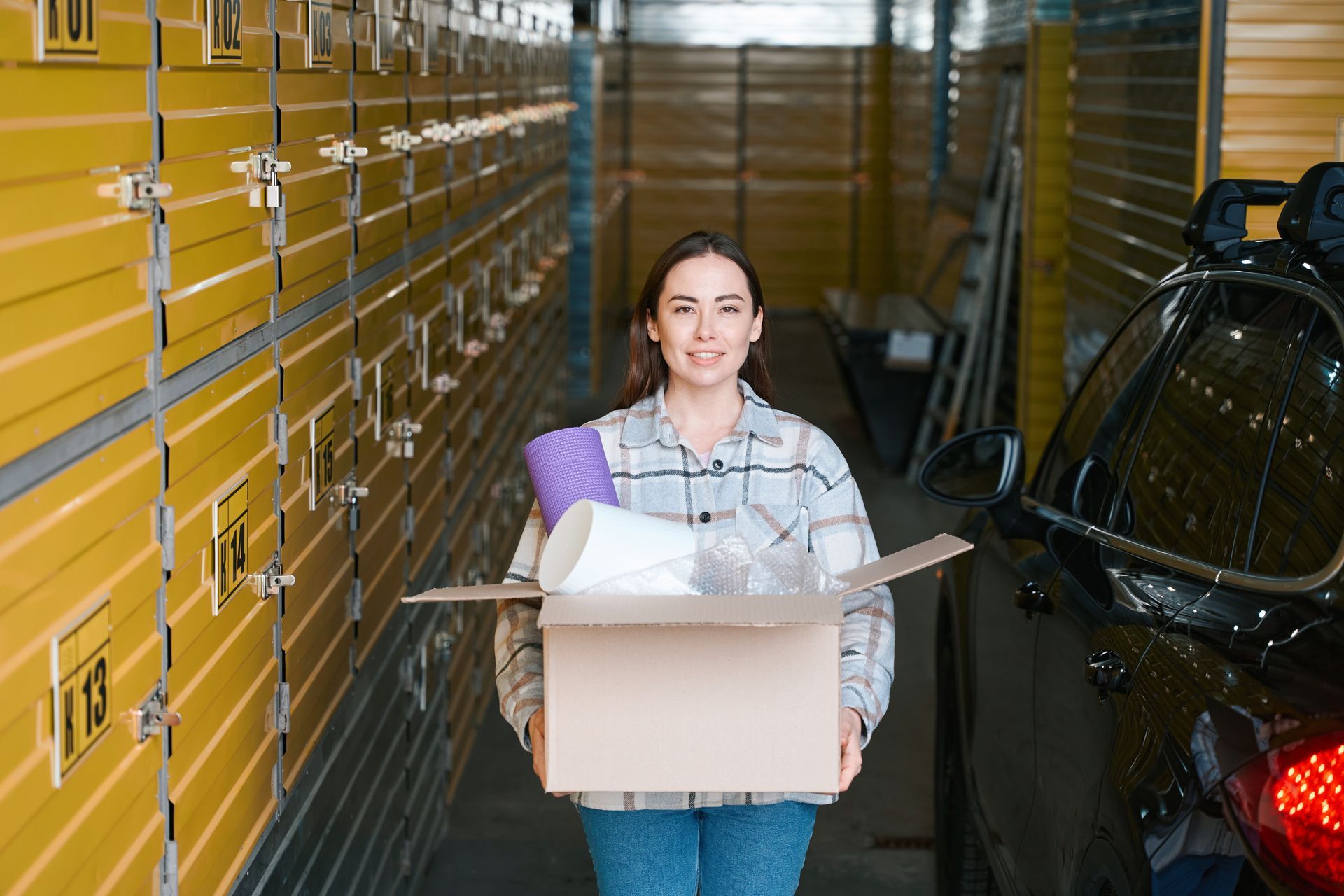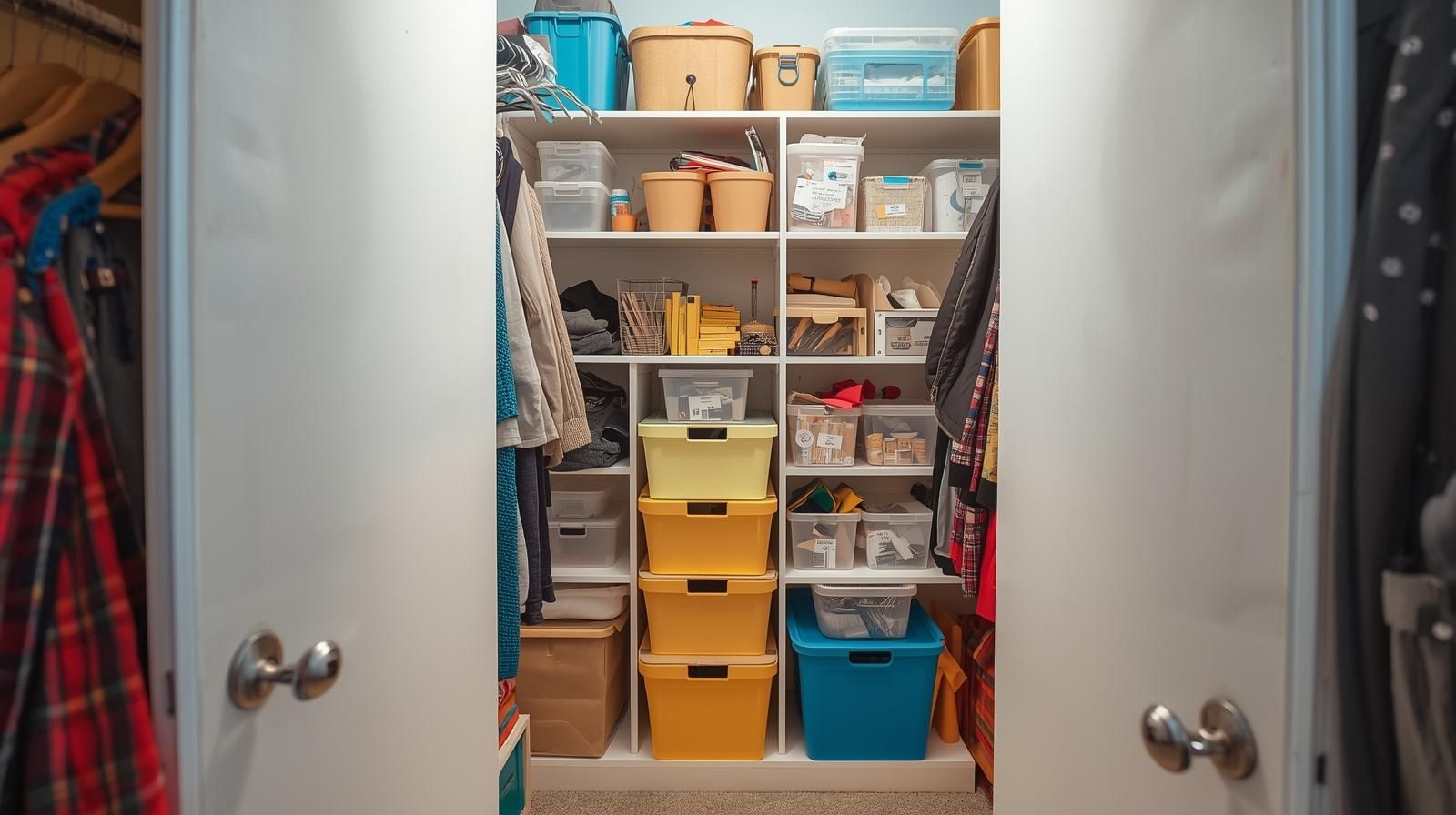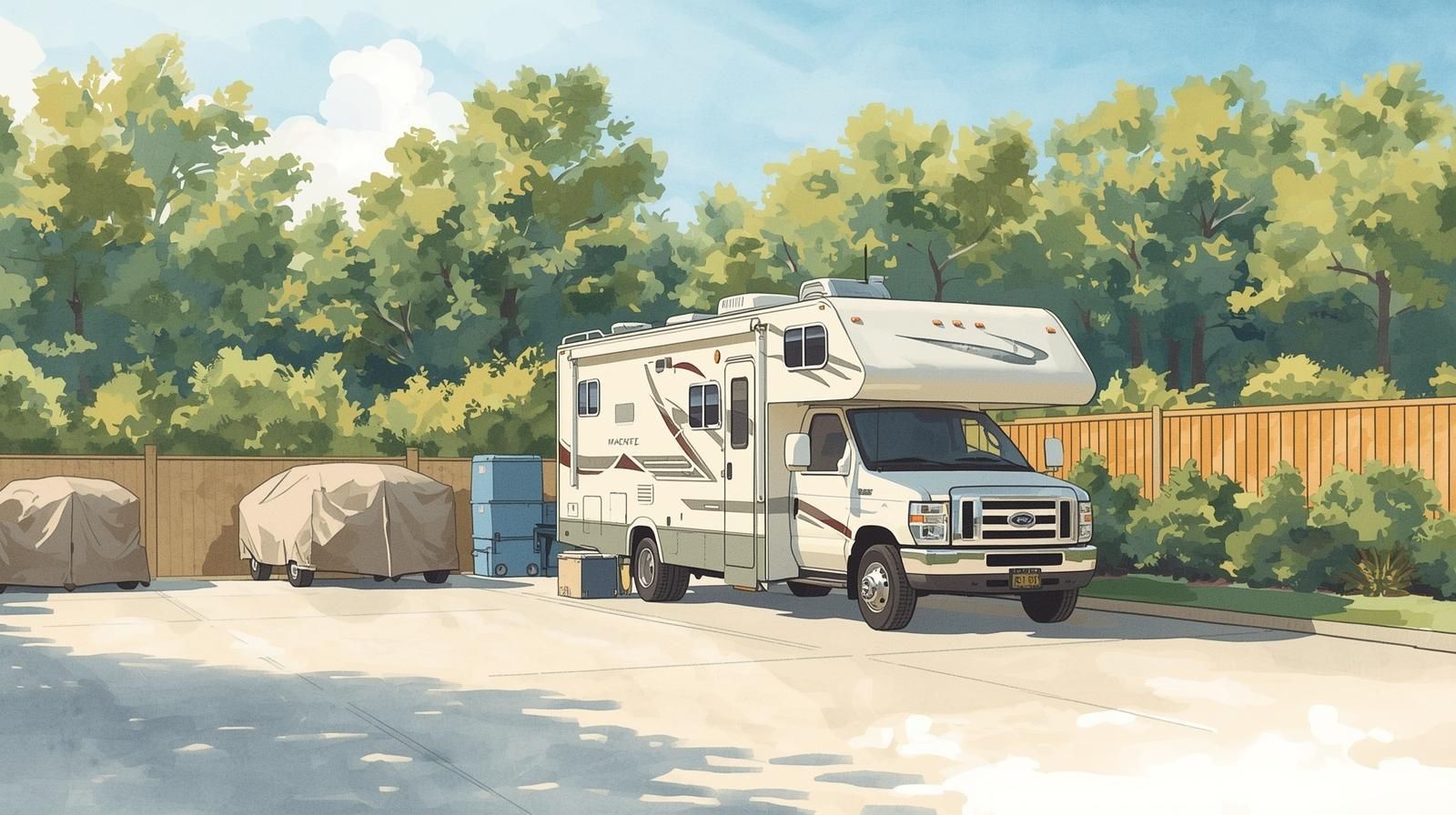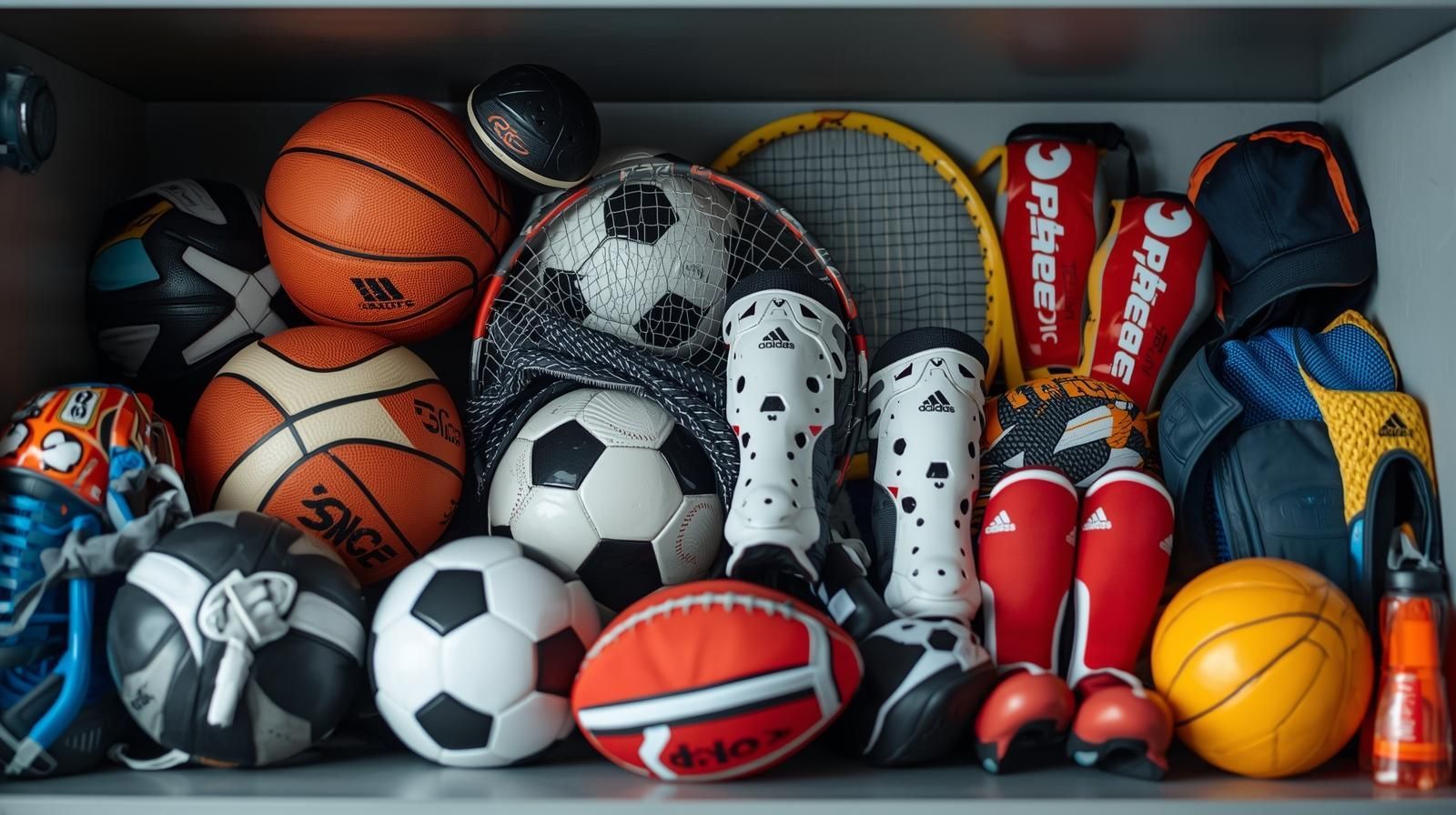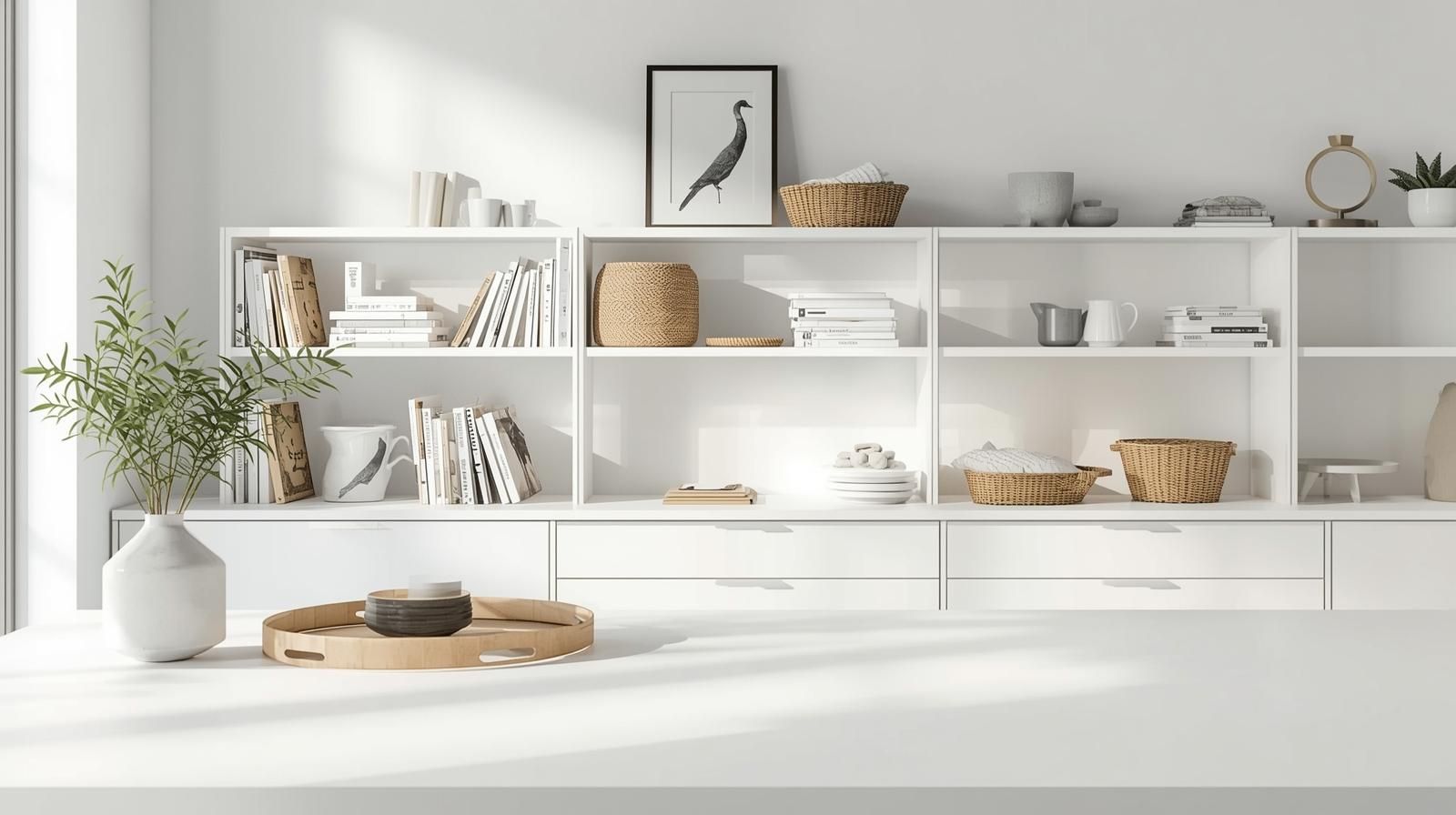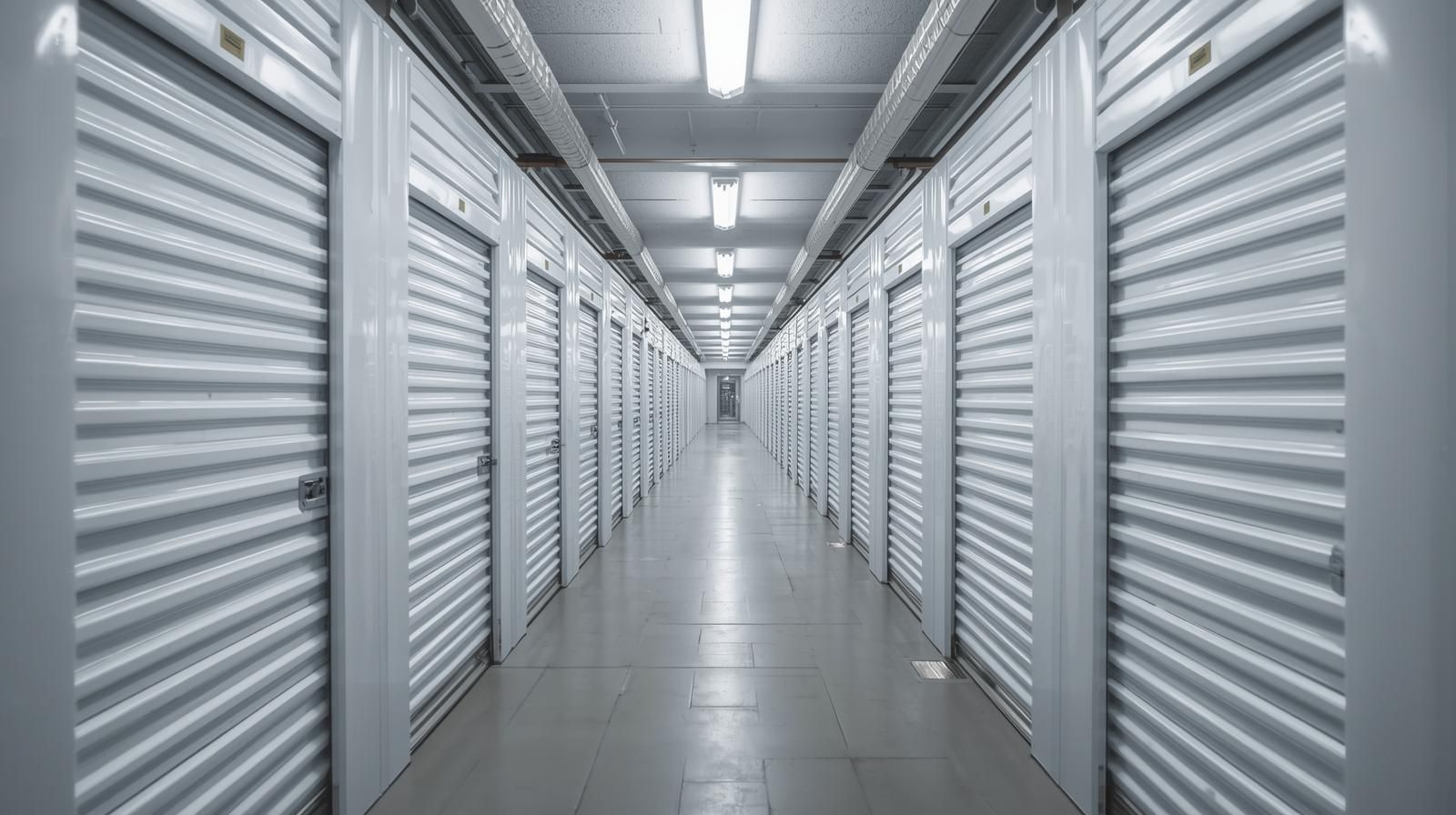Storing Electronics & Tech Gear: How to Keep Your Devices Safe and Organized
When you’re moving, downsizing, or just trying to get organized, one thing that can cause stress is figuring out what to do with your electronics. Laptops, TVs, cameras, and gaming systems aren’t just expensive; they’re also sensitive to temperature and humidity. Storing them the wrong way can lead to frustrating and costly surprises later.
With a few easy steps, you can keep your devices safe and working like new. If you’re looking for a reliable place to store your tech, check out the climate-controlled storage units at City Storage Gastonia. They’re ideal for keeping your valuable electronics in excellent condition all year long.
Why Electronics Need Special Care in Storage
Electronics don’t do well when exposed to harsh environments. Humidity is a big one since it can cause corrosion on circuit boards and internal components. Extreme cold can lead to condensation, and heat can damage screens, batteries, or plastic casings. Even dust buildup can cause issues by clogging vents or shorting out parts.
If you’re storing something short-term, keeping it dry and covered might be enough. But for more extended periods, such as during a move or remodel, it’s best to be more cautious. Make sure the area is clean, temperature-stable, and protected from moisture and pests.
Choosing the Right Storage Space
For anything with a circuit board or a screen, climate-controlled storage is the way to go. These units keep the temperature and humidity consistent, protecting your tech from damage caused by seasonal changes.
A few things to look for in a good facility include:
- Consistent temperatures between 55°F and 80°F
- Reliable humidity control
- 24/7 video surveillance and gated entry
- Sealed and clean indoor spaces
Standard storage might work for things like cables or older accessories, but climate control is essential for computers, TVs, and sound systems.
If you’d like more guidance, Consumer Reports offers helpful info on storing electronics safely.
Preparing Your Devices Before Storage
Before packing up your electronics, spend a few minutes prepping each one. First, back up important files and photos to an external drive or cloud service such as Google Drive. That way, your data is safe even if something unexpected happens.
Remove any batteries, especially from cameras, remote controls, or handheld devices, to avoid leaks or corrosion. Give each item a quick cleaning with a microfiber cloth to remove dust or oils, then make sure everything is dry.
Whenever possible, wrap devices in anti-static bags or bubble wrap. If you’re storing delicate equipment like hard drives or motherboards, those extra layers can prevent static damage. Label each cord, cable, and charger so you don’t end up with a tangled mystery box later.
How to Pack and Protect Your Tech Gear
If you’ve held on to the original packaging, use it since it’s custom-fitted for your device. Otherwise, pick sturdy boxes that fit snugly without being cramped. Add padding on all sides to protect from bumps during transport.
Keep similar items together. Store all your computer accessories in one box and audio gear in another. For smaller pieces like SD cards, dongles, and adapters, zip-lock bags work great. Just make sure to label everything clearly before sealing the box.
The key is to prevent movement and moisture while allowing for a bit of airflow. Avoid sealing electronics in airtight containers where condensation might form.
Organizing Your Tech Setup
Cables and chargers can easily become the most annoying part of packing. Before boxing them up, sort everything by device type and label each cord. Use twist ties or velcro straps to keep them from tangling.
A digital inventory is also a smart move. Snap a few photos of what you’re storing and where it’s going. Keeping a quick note in your phone or spreadsheet helps you remember what’s inside each box. This little habit saves hours of digging later.
Storing Tech for Different Situations
For quick home storage, a closet or spare room works fine as long as the space stays dry. Garages, attics, and basements, on the other hand, tend to be too humid or hot for sensitive gear.
Businesses often rely on self-storage when upgrading equipment or storing spare hardware. It’s an easy way to keep the office clutter-free while protecting valuable tech.
If you’re moving or remodeling, pack everything securely and choose a storage unit that’s easy to access when you’re ready to set up again.
Mistakes to Avoid When Storing Electronics
A few common slip-ups can ruin otherwise good intentions. Avoid:
- Leaving batteries inside devices
- Storing gear near direct sunlight or vents
- Using cheap, non-padded boxes
- Forgetting to label cords or accessories
- Stacking heavy items on top of fragile equipment
Taking a few extra minutes to do it right can make a big difference later on.
Using Tech to Stay Organized
Technology can help you stay on top of your storage setup. Apps like Sortly or Airtable let you make an inventory with notes, photos, and serial numbers. You can even print QR codes to stick on each box and scan them when you need to find something.
Some people take it a step further and use smart sensors to monitor temperature and humidity in their units. If something changes, you’ll get a notification right on your phone. That extra peace of mind can be worth it, especially for expensive equipment.
Eco-Friendly Storage Habits
Not every piece of tech needs to make the trip to storage. Before boxing everything up, go through your collection and decide what’s actually worth keeping. Old cables, broken monitors, or outdated gadgets can often be recycled or donated.
Retailers, such as Best Buy, offer an Electronics Recycling Program that takes most devices for free. When packing, try to use recyclable boxes or paper-based padding instead of plastic. Donating working items to a local school or charity helps extend their life and keeps them out of landfills.
Checking on Your Stored Electronics
Even if your items are in a secure, climate-controlled space, it’s good practice to check them every few months. Look for any signs of corrosion or battery swelling. If you plan to start using an item again, let it sit at room temperature before turning it on.
For rechargeable batteries, plug them in every few months to maintain charge capacity. This simple habit can help prevent performance loss and keep your tech ready to use.
Choosing a Trusted Storage Facility
The right storage company makes all the difference. Look for facilities that are clean, well-lit, and have excellent customer service. Climate control, pest prevention, and 24-hour monitoring should be standard.
A good facility also offers insurance or tenant protection plans in case something unexpected happens. Visit in person if possible and ask about access hours, security measures, and customer reviews. A trusted local provider can make storing your electronics stress-free and straightforward.
Final Thoughts
Your electronics aren’t just gadgets; they’re part of your daily life, whether it’s for work, hobbies, or entertainment. Taking time to pack and store them correctly helps avoid headaches and keeps everything working when you need it again.
If you’re looking for a reliable place to store your electronics safely, explore the
climate-controlled storage in Gastonia. It’s an innovative, secure way to protect your valuable tech gear while keeping your home clutter-free.

